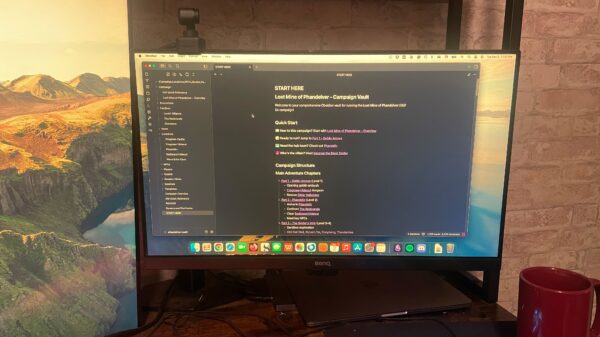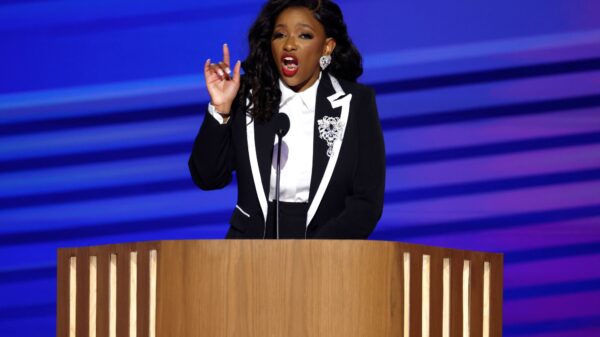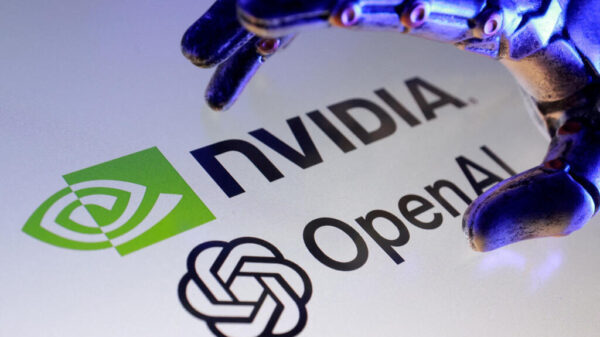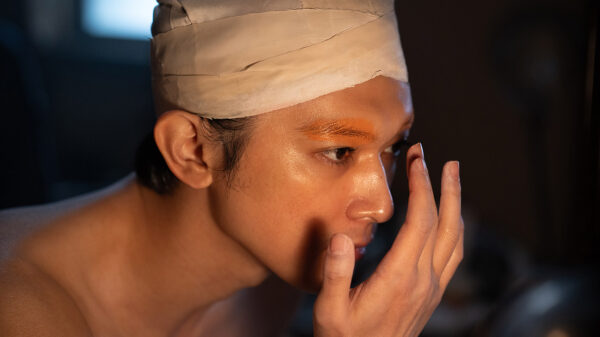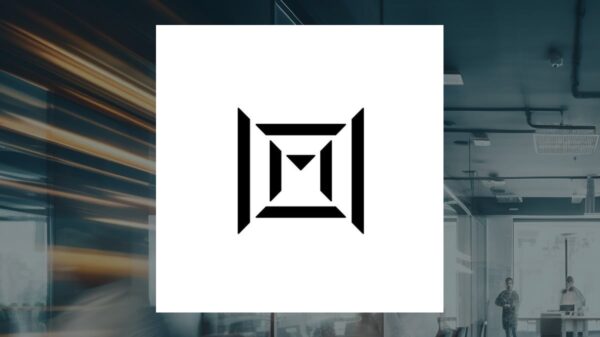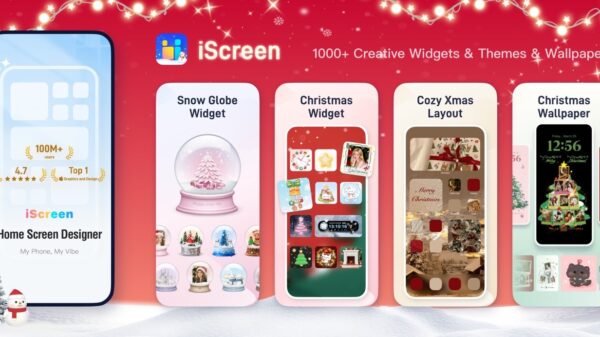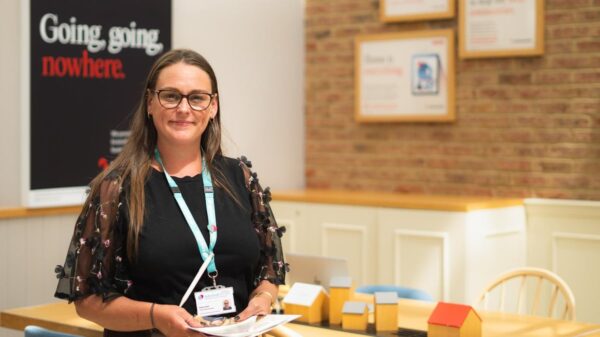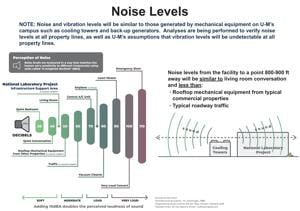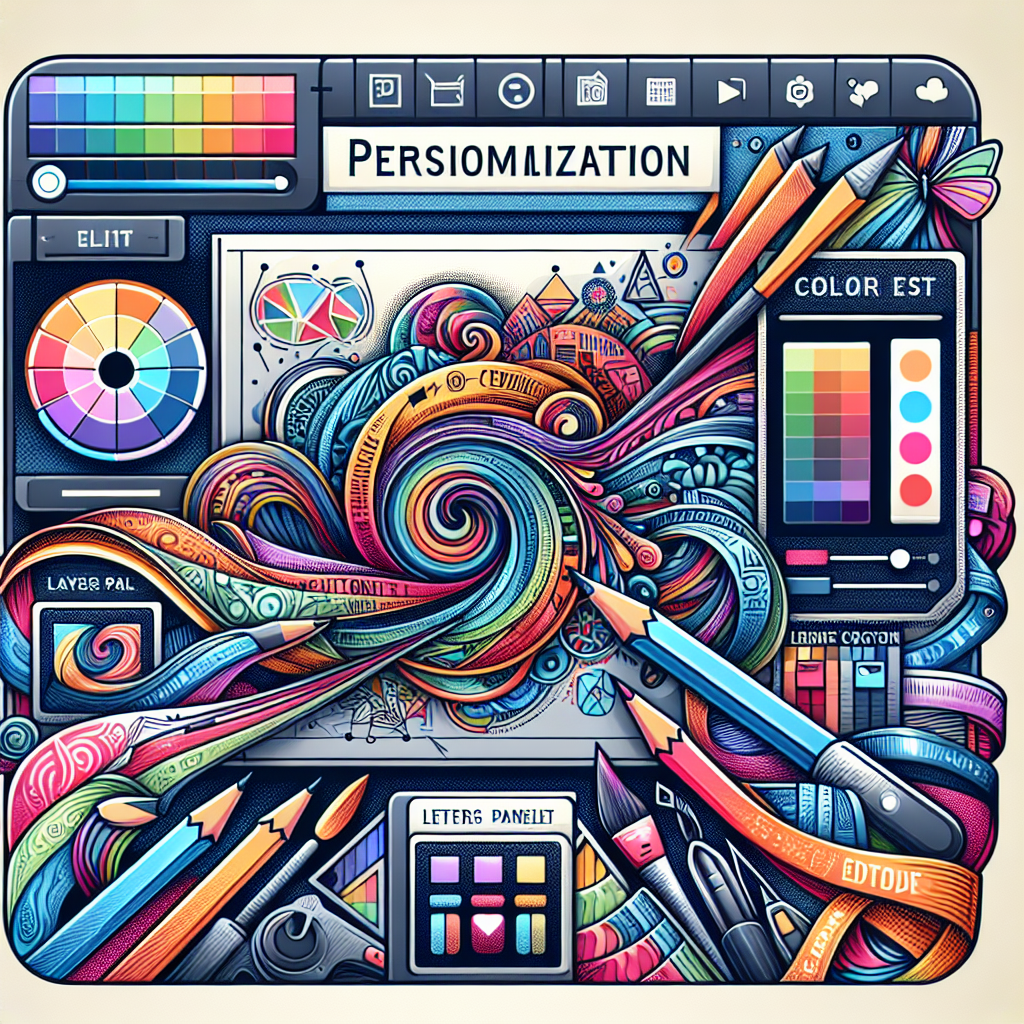In today’s digital landscape, the ability to personalize editing tools has become essential for creators in fields such as photography, video production, and graphic design. Customization options allow users to tailor their editing experiences, enhancing both efficiency and creativity. Understanding how these features function can greatly influence a creator’s workflow and output.
Understanding the Role of Customization
Customization in editing goes far beyond selecting a simple filter or font. It encompasses various features that empower users to adapt tools to their specific creative processes. By personalizing their editing environments, individuals can boost productivity, improve the quality of their work, and maintain a consistent brand identity.
Key areas where customization plays a pivotal role include user interface adjustments, keyboard shortcuts, and the use of presets and templates.
1. **User Interface (UI) Adjustments**
A user-friendly interface significantly impacts creativity and workflow. Most editing software offers options to modify the UI through various means:
– **Rearranging Toolbars:** Users can customize which tools are visible based on their workflow needs, facilitating quicker access to frequently used features.
– **Creating Workspaces:** Some platforms allow tailored layouts. For instance, a photographer may prioritize exposure settings, while a videographer might focus on audio editing.
– **Scaling Display:** Users can adjust the layout of tools to suit different devices, ensuring optimal performance and comfort regardless of whether they are on desktop, tablet, or mobile.
2. **Keyboard Shortcuts**
Time efficiency is crucial for editors, and customizing keyboard shortcuts can lead to remarkable improvements. Mapping frequently used functions to specific keys enables users to:
– **Speed Up Workflow:** This reduces the need to navigate through menus, allowing for seamless transitions between tasks.
– **Reduce Errors:** Familiarity with custom shortcuts helps decrease the likelihood of accidental clicks, particularly in high-pressure situations.
3. **Presets and Templates**
Consistency is vital for maintaining a cohesive aesthetic in both personal projects and professional branding. Custom presets and templates allow users to:
– **Save Time:** Users can create presets for color grading or specific editing styles that can be applied across multiple projects.
– **Ensure Consistency:** Utilizing templates for graphic designs or video intros reinforces a uniform look and feel, which is essential for brand identity.
Enhancing the Creative Environment
The right color scheme can also greatly influence creative output. Many editing tools allow users to modify their workspace aesthetics in the following ways:
– **Light and Dark Modes:** Users can adjust background and interface colors to suit personal preferences or lighting conditions, which can help reduce eye strain during extended editing sessions.
– **Custom Palettes:** Selecting colors that resonate with personal branding provides an immersive editing environment that enhances creativity.
Integration with other tools further streamlines the editing process. Customization in this area can include:
– **Plugins and Extensions:** Users can add specific functionalities tailored to their needs, such as advanced color grading tools or AI-driven editing features.
– **Cloud Services:** Synchronizing projects across devices facilitates collaboration and ensures that custom settings and presets remain accessible.
Additionally, many editing platforms now offer customizable tutorials that cater to individual needs. Whether a user is a beginner or a seasoned professional, selecting tutorial topics that align with personal interests can:
– **Accelerate Learning:** Focus on mastering tools and techniques that are most relevant, without the distraction of irrelevant information.
– **Enhance Skills:** Personalizing the learning path through chosen projects allows for targeted skill development that aligns with creative vision.
The act of personalizing editing tools through these customization options not only unlocks new levels of creativity but also increases overall efficiency and enjoyment. By adapting editing environments to fit individual styles and workflows, creators can enhance their output while remaining engaged and inspired.
For photographers, videographers, graphic designers, or writers, embracing these customization features leads to work that is not only professional but also distinctly personal. In a creative world that values authenticity, personalized edits enable creators to express their unique voices and visions across all projects. By exploring the customization options available in their editing software, individuals can elevate their editing game to new heights.




